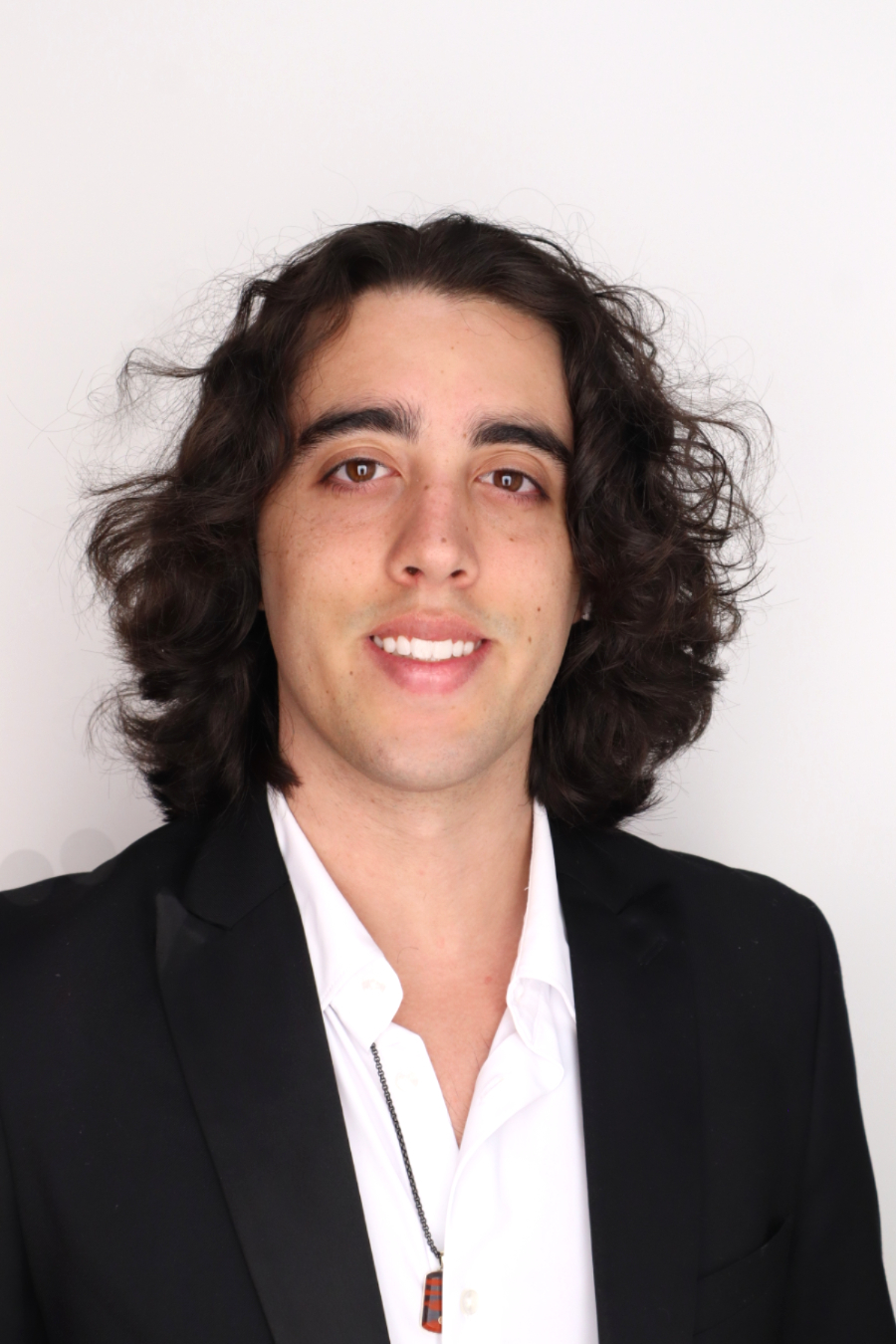Research Symposium
24th annual Undergraduate Research Symposium, April 3, 2024
Damian Lopez Poster Session 2: 10:45 am - 11:45 am/272

BIO
Damian A. Lopez Dumois, a native Puerto Rican, is a dedicated engineering student completing his bachelor's degree at Florida State University. Being drawn towards the innovative field of biomedical engineering, he is actively seeking new ways of improving these fields that actively help the health and longevity of humanity. Proven by his surfing hobby and choice of studying abroad, he is not afraid of the unknown and the imposing; instead, he faces it head-on. As such, he is actively conducting cutting-edge cancer research at the National High Magnetic Field Laboratory in Tallahassee, Florida, where he is poised to impact the future of pre-clinical cancer studies.
Utilization of 3D Pancreatic Cancer Cell Lines for Analyzing and Evaluating Anticancer Drug Efficacy
Authors: Damian Lopez, Dr. Navneet KaurStudent Major: Biomedical Engineering
Mentor: Dr. Navneet Kaur
Mentor's Department: National High Magnetic Field Laboratory Mentor's College: FAMU-FSU College of Engineering Co-Presenters:
Abstract
Three-dimensional (3D) cell cultures offer a novel platform for preclinical studies by potentially providing more accurate in vitro cancer tissues models that better mimic their in vivo counterparts. 3D cultures are more physiologically relevant and predictive over traditional two-dimensional (2D) planar cell cultures. 3D cultures show prolonged cell growth, cell-cell and cell-extracellular matrix (ECM) interaction, effective drug metabolism and more accurate representation of drugs effects in comparison to 2D cultures. In this work, we cultured the pancreatic cancer cell line (MIA-PaCa2) in 2D and 3D environments. We observe that the cell growth is more prominent in a novel micro-fibrous scaffold culture over a longer time span compared to 2D cultures. We incubated both the cultures with clinically approved anticancer compounds, cisplatin and lapatinib for 24 and 48 hours, and cell viability was assessed with 3-(4,5-dimethylthiazol-2-yl)-2,5-diphenyl tetrazolium bromide (MTT) assays. It was observed that cell cytotoxicity has a direct relation with drug concentration and the time of incubation. Enhanced drug concentration and prolonged incubation time result in increased cell death in both cultures. However, 2D cultures are more sensitive to both compounds due to direct exposure to drugs in culture media compared to 3D culture, where micro fibrous scaffolds and cell-ECM interactions limit pharmacokinetic drug diffusion and effects. Overall, we presented pancreatic 3D cell culture model as a promising invitro technique to bridge the gap between preclinical and clinical studies for cancer biology and drug screening.
Keywords: Cancer Biomedical Engineering 3D Culture

